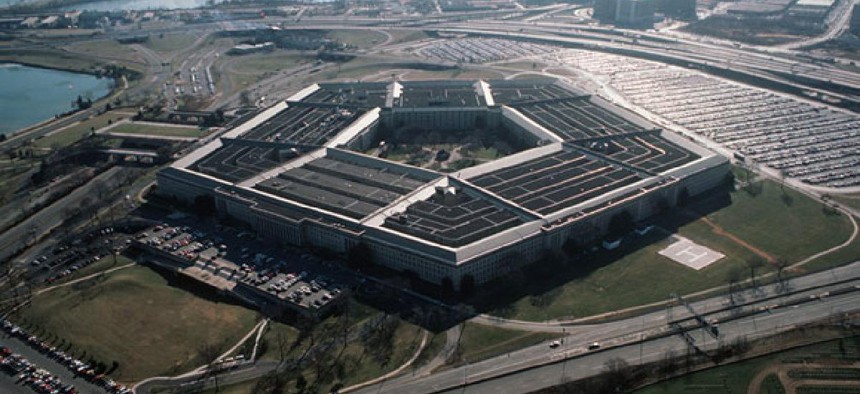Military cyber range moves from laboratory to deployment

Defense Department file photo
Pentagon to spend $80 million for Lockheed Martin to operate the testbed.
A test range for Defense personnel to hone computer attack capabilities is slated to receive a multimillion dollar boost as the system transitions from the Pentagon research wing’s laboratories into deployment.
The platform, created under a program called the National Cyber Range, is providing infrastructure for the Pentagon to advance its drive to develop more offensive tools that will hunt down intruders and thwart computer attacks. Defense intends to award $80 million to Lockheed Martin Corp. for five years to support operations at the facility, contract databases indicate.
The range, housed in a “specially architected sensitive compartmented information facility with appropriate security protocols,” is equipped with custom-configured government and Lockheed Martin-owned hardware and software, federal databases reveal. The test lab, a mini-model of the public Internet and other institutional networks, “provides for the modeling of cyber attacks,” a special notice reveals.
The lab will allow the Defense Department to test and evaluate the impact of cyber attacks. The notice, in a signal that the range could plausibly serve as a launchpad for offensive campaigns, notes that it will support efforts to “simultaneously execute parallel events at multiple security levels (unclassified through Top Secret) as required.”
The range, originally developed by the Defense Advanced Research Projects Agency, was transitioned to the Office of the Secretary of Defense Test Resources Management Center for operations this year, federal documents reveal.
The push comes as the Pentagon gears up for a funding initiative called Plan X to support the development of technology that can bolster the government’s attack capabilities in the digital domain. “The objective of the Plan X program is to create revolutionary technologies for understanding, planning, and managing cyberwarfare in real-time, large-scale, and dynamic network environments,” contract documents unearthed by NextGov earlier this year indicated.
The test range has been brewing for at least three years. Then-Deputy Secretary of Defense William Lynn III, had introduced the cyber range as “a model of the internet” that would allow Defense to test capabilities in a 2010 speech in Brussels. In his address, he spoke about the limitations of defensive approaches – such as using intrusion detection services and patching software -- to protecting sensitive networks, and advocated the need for more active approaches that would allow the government to find players infiltrating sensitive networks and neutralize malicious code.
Parties that helped develop the range include Johns Hopkins University, Sparta Inc., and Lockheed Martin, various federal notices indicate.
NEXT STORY: Message to vets: Talk to each other


